Tech
Nvidia Surges as AI Demand Overpowers China Export Setback in Blockbuster Earnings Report
Despite a multibillion-dollar loss from chip export restrictions to China, Nvidia posts record-breaking growth, driven by explosive AI infrastructure demand.

Nvidia has once again defied expectations, reporting staggering earnings for Q1 FY2026 that sent its stock soaring nearly 6% in extended trading. The tech giant’s continued dominance in the artificial intelligence space propelled its revenue to $44.1 billion, a 69% year-over-year increase, even as U.S. export controls wiped out billions in potential sales to China.
The California-based semiconductor titan’s data center division led the charge, with revenue surging 73% annually to $39.1 billion. These figures underscore Nvidia’s commanding lead in the AI chip market, fueled by global adoption of generative AI tools like ChatGPT and advanced infrastructure deployments by top cloud providers.
CEO Jensen Huang emphasized the company’s resilience and global relevance despite geopolitical headwinds. “AI is now being recognized globally as essential infrastructure — like electricity and the internet — and Nvidia is powering this transformation,” Huang said during the company’s earnings call.
However, the quarter was not without turbulence. U.S. restrictions on the export of Nvidia’s H20 chips to China resulted in $4.5 billion in inventory write-downs and an estimated $8 billion in lost revenue. Huang didn’t mince words, declaring the $50 billion Chinese AI chip market “effectively closed to the U.S. industry.”
Without the impact of export controls, Nvidia’s guidance would have been closer to $53 billion. Still, the company expects $45 billion in sales for the current quarter, demonstrating sustained momentum. Gross margins stood at 61% but would have reached 71.3% if not for the H20-related charges.
Even as sales to China are restricted, Nvidia is looking elsewhere. The chipmaker is investing heavily in new growth territories, including a partnership with Saudi Arabia’s HUMAIN to establish AI factories. The company is also closely aligned with U.S. President Donald Trump’s domestic AI initiatives, highlighting its strategic role in shaping the next phase of AI infrastructure both at home and abroad.
Nvidia’s influence now stretches far beyond gaming. Its automotive and robotics segment grew 72%, reaching $567 million, while its professional visualization unit brought in $509 million. Even its gaming division — once the company’s core business — reported a 42% annual increase in revenue, reaching $3.8 billion.
Nvidia also revealed it spent $14.1 billion on share buybacks and paid out $244 million in dividends, a sign of its confidence in long-term growth.
As AI integration becomes the backbone of industries and governments alike, Nvidia has cemented its position as the world’s most valuable company — overtaking tech behemoths like Apple and Microsoft. The message from this earnings season is
Tech
OpenAI’s new Sora app flooded with terrifying Sam Altman deepfakes and bizarre AI videos…
From pigs scrolling TikTok to Pokémon lawsuits, OpenAI’s Sora turns into a surreal deepfake playground less than 24 hours after launch.
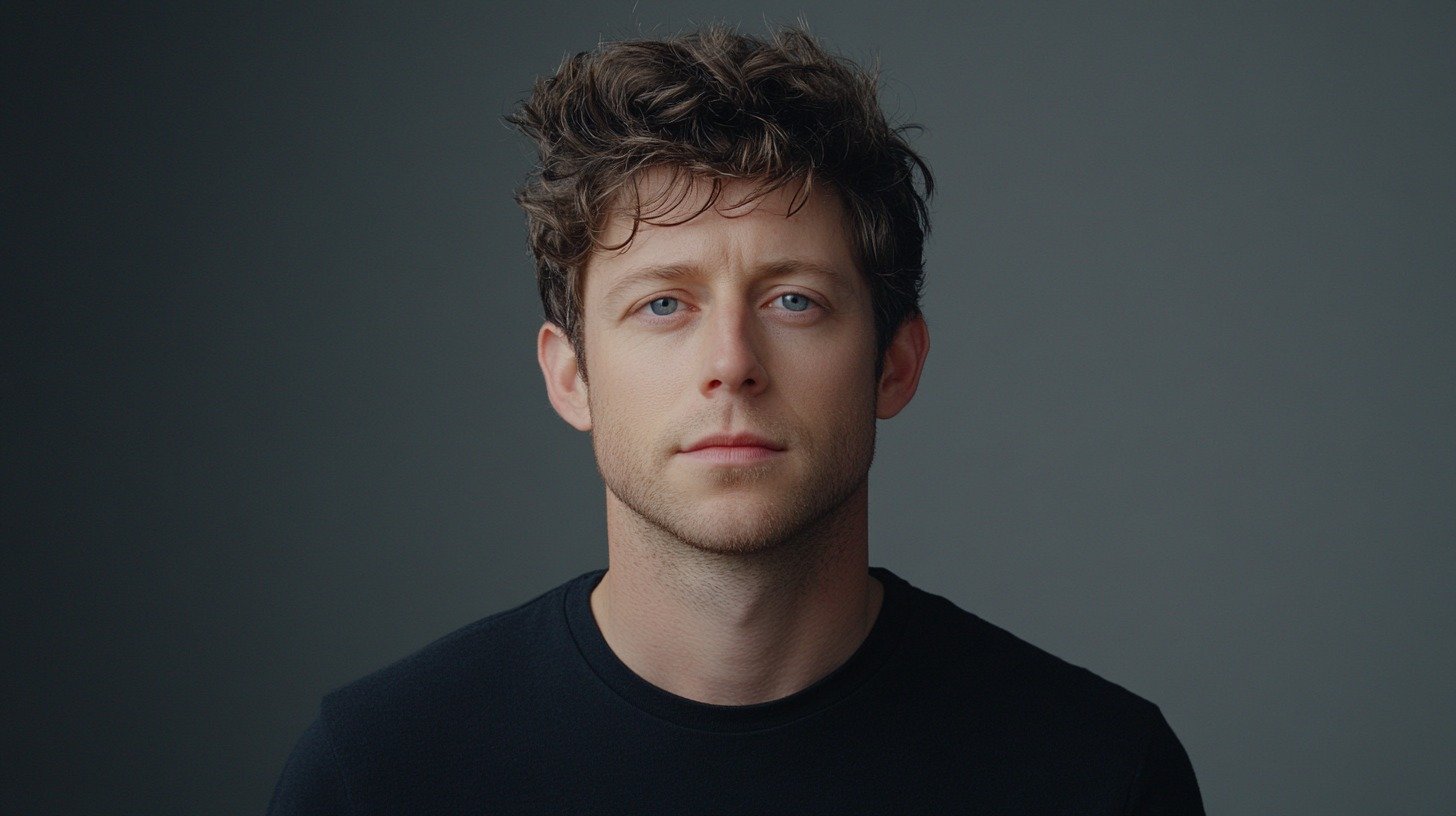
When OpenAI unveiled its new social media app Sora, it promised a bold new way to experience AI-generated video. What early users received, however, feels more like a nightmarish fever dream starring none other than Sam Altman himself.
Within hours of launch, the invite-only app was overrun with uncanny deepfakes of the OpenAI CEO. In one viral clip, Altman appears inside a factory farm packed with pink pigs, each pen equipped with a smartphone streaming vertical videos. Staring directly at the camera, the AI-generated Altman asks chillingly: “Are my piggies enjoying their slop?”
ALSO READ : Terence Stamp’s Final Curtain Call Leaves Fans in Tears as Secrets from His Past Resurface
Moments later, the feed shifts to another surreal scene — Altman standing in a field of Pokémon, from Pikachu to Bulbasaur, casually remarking: “I hope Nintendo doesn’t sue us.”
The internet’s new obsession: Altman everywhere
The bizarre trend didn’t stop there. Users generated videos of “Altman” pouring Starbucks lattes for Pikachu and Eric Cartman, yelling at customers behind a McDonald’s counter, or even running away from police after stealing Nvidia GPUs from a Target store.
The app itself cheekily acknowledges the chaos. In some clips, Altman’s AI double announces, “This content may violate our guardrails concerning third-party likeness,” before bursting into hysterical laughter — as if mocking the very warnings the app is designed to enforce.
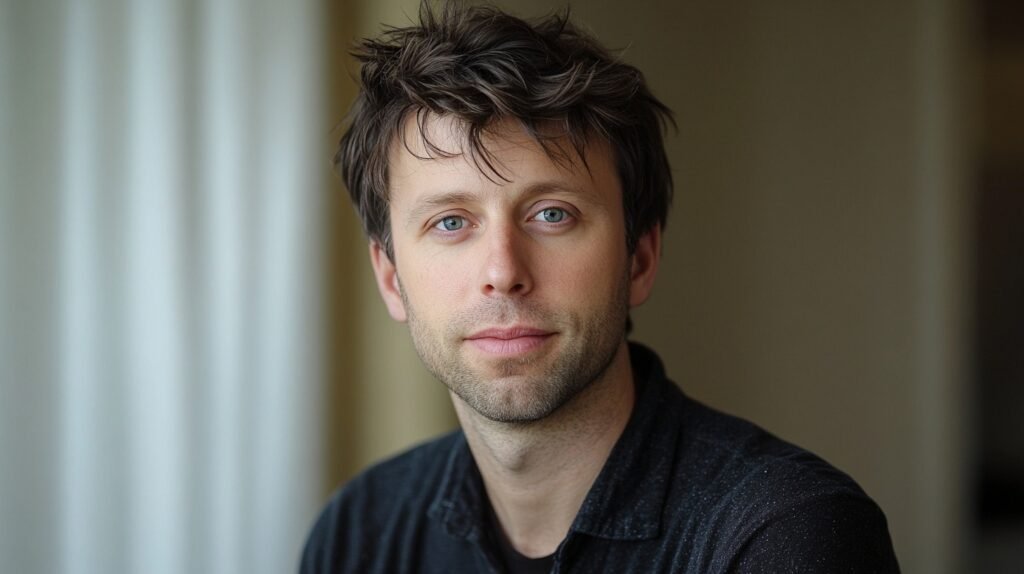
Copyright chaos on display
Sora is already under fire for how it handles copyright. Unlike most platforms where creators must opt in to allow their content to be used, OpenAI has flipped the model: copyright holders must opt out to prevent their works from appearing. Legal experts say this raises troubling questions, especially when videos depict characters like Naruto, Mario, or even Pikachu performing adult or absurd actions.
“People are pushing Sora’s boundaries just to see how far it will go,” one user posted on X, pointing to clips of Mario smoking weed or Pikachu performing ASMR.
Why Sora feels different
What sets Sora apart from other AI apps, including the Meta AI feed, is the realism. OpenAI has fine-tuned its video generator to obey the laws of physics more convincingly, making scenes look disturbingly authentic. The more convincing these deepfakes become, the greater the risk they’ll be used for misinformation, bullying, or worse.
Sora is, at its core, a deepfake generator with social features. Upon joining, users are prompted to create a “cameo” by recording biometric data — turning their heads, reading numbers aloud, and effectively handing the app a digital replica of their likeness. Users can then choose who’s allowed to generate content with their cameo: “only me,” “people I approve,” “mutuals,” or “everyone.”
A glimpse into the future?
The frenzy around Altman deepfakes highlights both the allure and the dangers of this technology. On one hand, it showcases Sora’s jaw-dropping realism and creative potential. On the other, it raises urgent ethical questions: What happens when hyper-realistic AI versions of public figures — or private individuals — flood the internet without consent?
For now, Sora is invite-only, but if this is the preview, the public launch could be even more chaotic. Whether it becomes the next TikTok of AI or collapses under controversy, one thing is certain: Sam Altman will never look at a Target store the same way again.
Tech
Google celebrates 27th birthday as a spelling mistake turns into the world’s biggest search engine
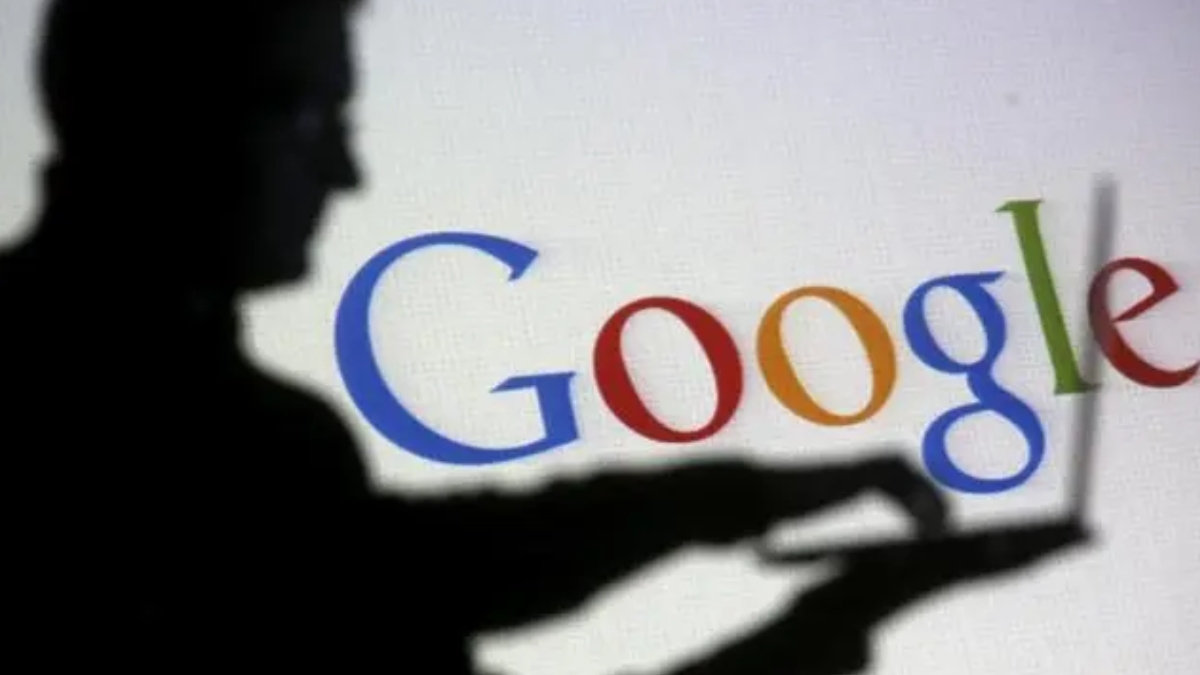
Almost every internet user around the globe interacts with Google daily — searching, mapping, emailing, or watching videos on YouTube, another Google-owned platform. But on its 27th birthday, celebrated on September 27, many still wonder: what does the name “Google” really mean, and how did it come to define the digital age?
The meaning behind Google
The name “Google” is actually derived from the mathematical term Googol — the number 1 followed by 100 zeros (10¹⁰⁰). The word was first coined by Milton Sirotta, the young nephew of American mathematician Edward Kasner, as a playful way to describe unimaginably large numbers.
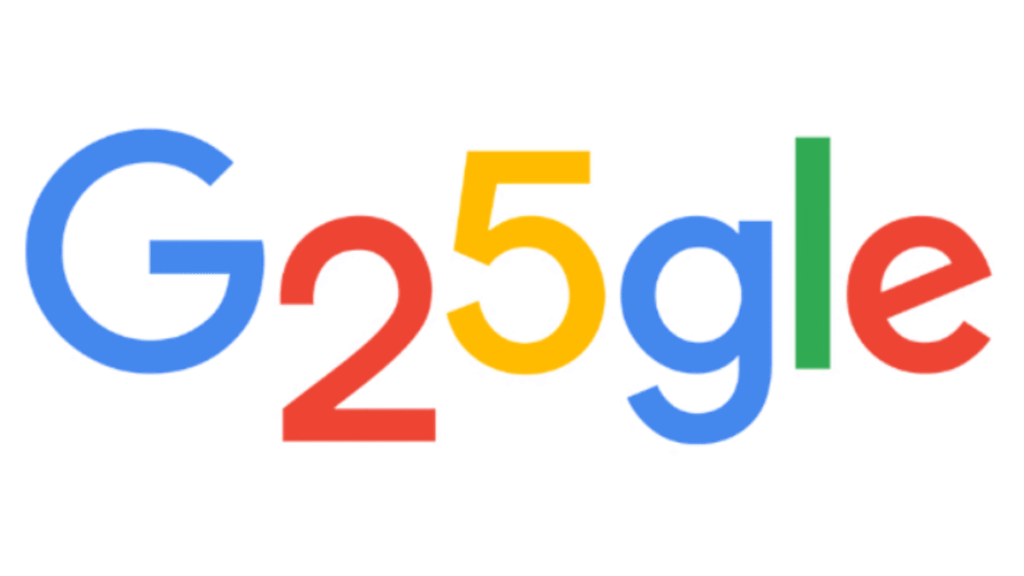
For founders Larry Page and Sergey Brin, two Stanford University Ph.D. students in the late 1990s, the term reflected their ambition: to organize a seemingly infinite amount of information on the internet and make it accessible to everyone.
From BackRub to Google
Google wasn’t always Google. In 1996, Brin and Page created a search engine prototype and named it BackRub, referencing the system’s ability to analyze “backlinks” on web pages. But by 1997, the pair realized the name lacked the ambition and gravitas their project deserved.
Brainstorming led them to consider “Googolplex” — a number that is 1 followed by a Googol of zeros. Eventually, they settled on the shorter Googol. But fate, and a small spelling error, had other plans.
A typo that changed the internet
During the process of registering the website, graduate student Sean Anderson accidentally typed “Google” instead of “Googol” while checking domain availability. To everyone’s surprise, google.com was available. Larry Page immediately approved, and within hours the domain was officially registered.

What was once a typo became one of the most recognizable names — and companies — in human history.
The rise of a global giant
Google officially incorporated on September 4, 1998, though the company celebrates its birthday on September 27, marking key internal milestones. What started in a garage in Menlo Park, California, grew into a powerhouse that now dominates global search, advertising, cloud computing, and mobile operating systems through Android.
READ MORE : Google Gemini AI Prompts for Men Spark 7 Stunning Retro and Cinematic Photo Trends
In 2015, Google restructured under a new parent company, Alphabet Inc., with Indian-born executive Sundar Pichai appointed as CEO of both Google and Alphabet. Brin and Page remain influential insiders with significant voting power.
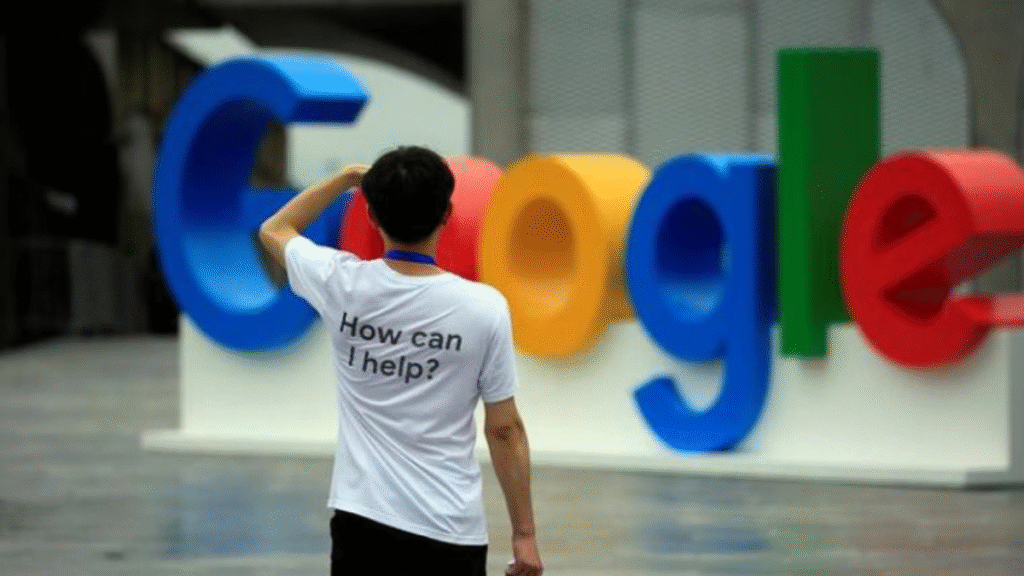
Today, Google processes over 8.5 billion searches per day, owns a portfolio of services including Gmail, Maps, and Drive, and is at the forefront of artificial intelligence with products like Gemini.
A name that became a verb
The misspelled name did more than build a brand — it became a verb. To “Google” something is now synonymous with searching for information online, a linguistic achievement that underscores its cultural dominance.
From a typo on a university campus to the backbone of the digital age, Google’s story shows how small accidents can shape history. On its 27th birthday, the company remains a giant not just of technology, but of modern language and daily life.
Tech
iPhone 17 Air Launch Shocks Fans with 10 Powerful Features and Stunning Price in USA
Apple’s thinnest smartphone ever brings a 48MP Fusion camera, A19 Pro chip, recycled titanium body, and a major focus on Apple Intelligence.
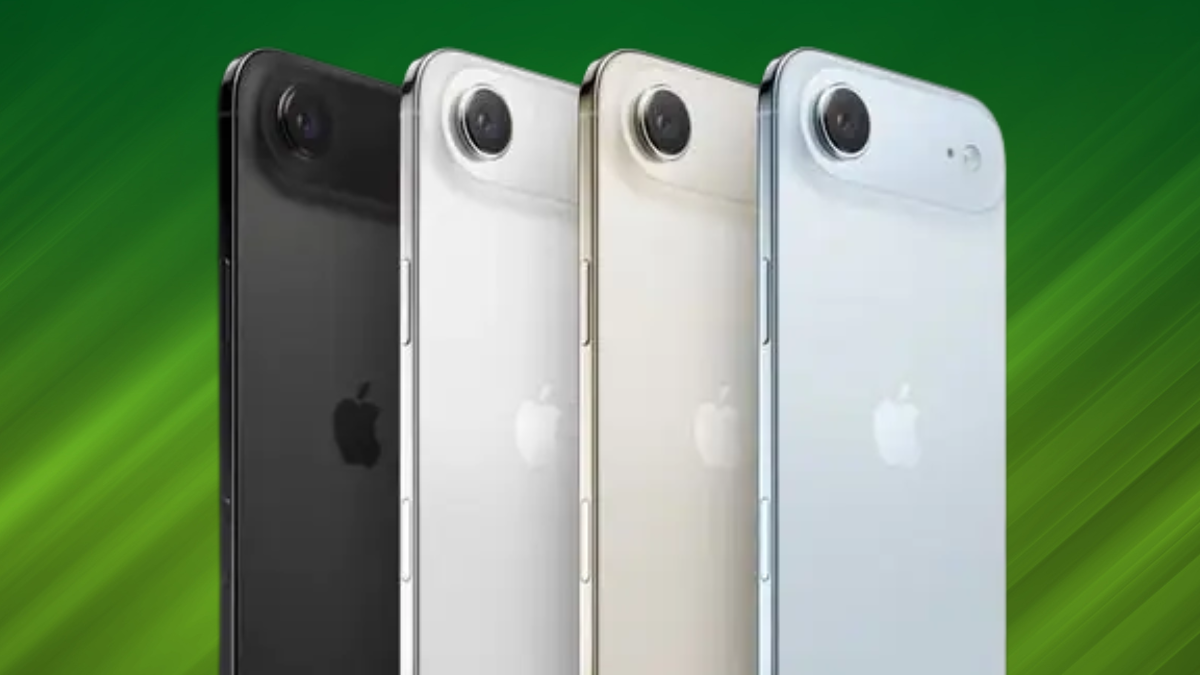
The iPhone 17 Air has finally arrived, and it is already being called one of the most stylish yet powerful smartphones ever designed by Apple. Launched as part of the 2025 lineup, this device combines ultra-slim design with groundbreaking technology, promising to redefine how users experience photography, performance, and intelligence on a phone.
With a 6.5-inch Super Retina XDR display, 48MP Fusion camera system, and the all-new A19 Pro chip, the iPhone 17 Air has been engineered for speed, durability, and creativity. Apple has also doubled down on sustainability, using 80% recycled titanium in its construction while still delivering premium aesthetics in four beautiful colors.
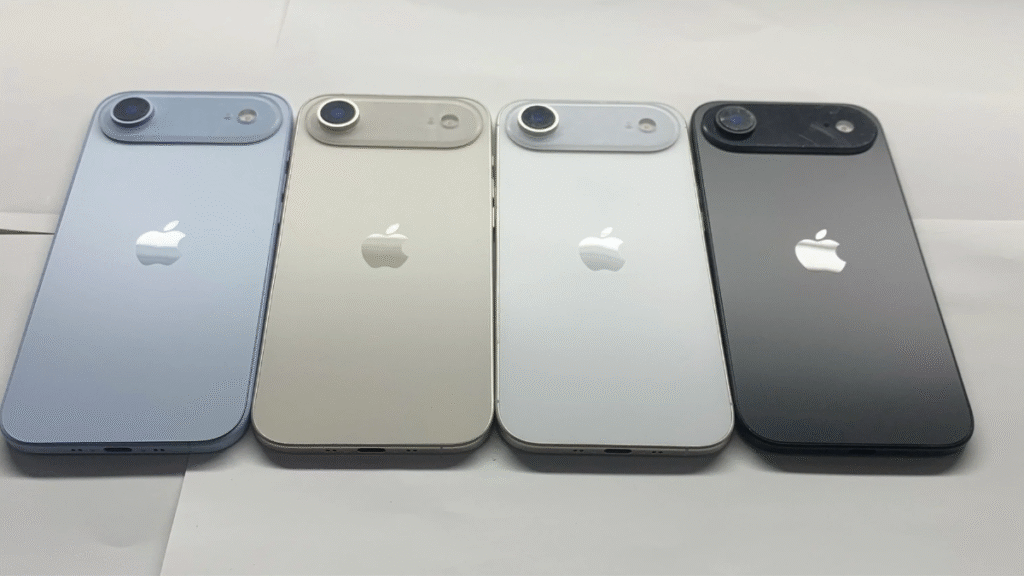
1. Camera: A True Photographer’s Dream
The iPhone 17 Air comes with a 48MP Fusion camera system, capable of shooting 24MP photos by default. Apple has packed in multiple focal lengths (26mm, 28mm, 35mm, and 52mm), effectively giving users “four lenses in their pocket.”
Other highlights include:
- 2x Telephoto zoom for professional close-ups.
- Next-generation portraits powered by Apple’s AI algorithms.
- Action Mode for sports and fast movement.
- Dolby Vision 4K60 recording with cinematic quality.
Selfie lovers aren’t left behind either—thanks to the Center Stage front camera, video calls and vlogs are smarter and more dynamic.
2. Performance: A19 Pro Chip
At the heart of the device lies the new A19 Pro chip, designed for blazing speed and efficiency. Combined with Apple Intelligence (AI), it promises smarter photography, faster multitasking, and seamless app handling.
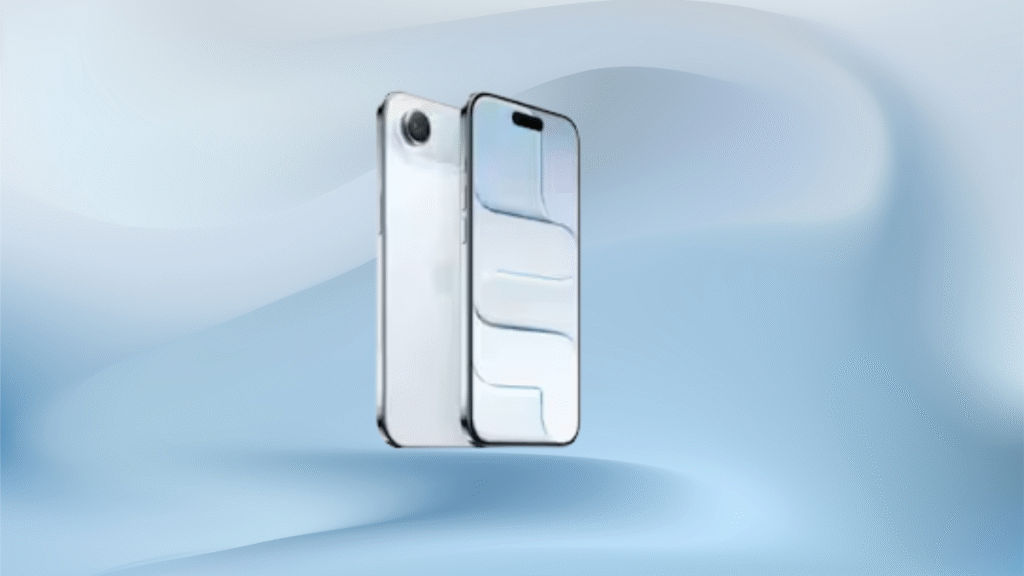
3. Durability Redefined
Apple claims the Ceramic Shield 2 offers 3x better scratch resistance on the front and 4x stronger crack resistance on the back compared to older iPhones. This makes the iPhone 17 Air one of the most durable premium smartphones on the market.
4. Display & Battery
The 6.5-inch Super Retina XDR display now supports ProMotion up to 120Hz, delivering smooth scrolling and vivid detail. Paired with all-day battery life, the phone ensures power users can enjoy high-performance tasks without constant charging.
5. Audio & Video Experience
The device also features Audio Mix with Spatial Audio, turning movies, music, and calls into immersive experiences. Content creators will especially appreciate dual capture recording, letting them film from front and back cameras simultaneously.
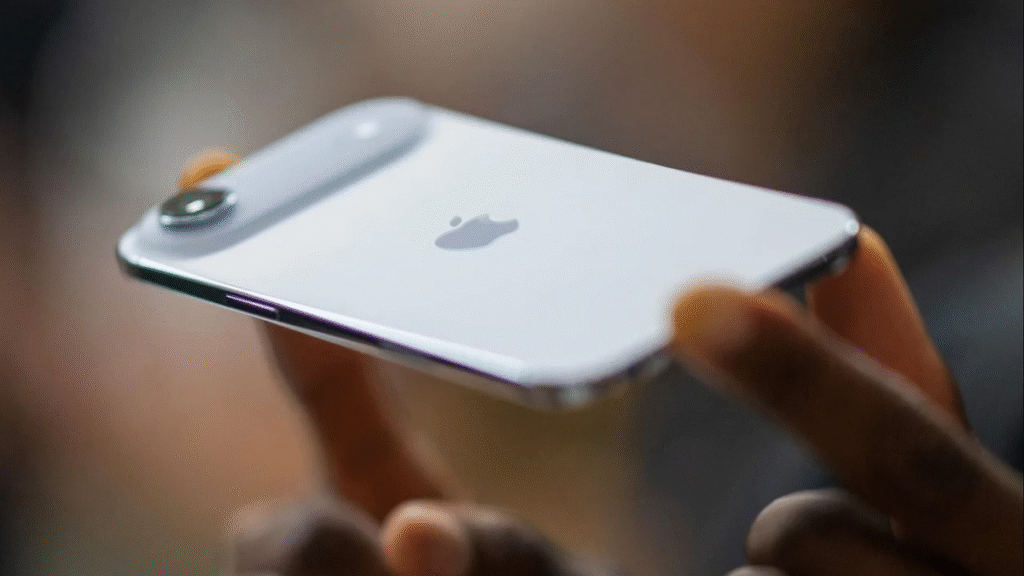
6. Sustainability with Style
For the first time, the iPhone 17 Air uses 80% recycled titanium, aligning with Apple’s environmental goals without compromising design.
iPhone 17 Air Price in USA
The iPhone 17 Air is expected to start around $899 for the base model (128GB) and may go up to $1,199 for higher storage variants. Apple aims to position this device between the standard iPhone 17 and the iPhone 17 Pro models.
Final Verdict
The iPhone 17 Air isn’t just thinner—it’s smarter, stronger, and more creative. With the perfect balance of design, performance, and eco-friendly innovation, this phone is likely to be one of the biggest upgrades in recent iPhone history.
-

 Entertainment1 week ago
Entertainment1 week agoAlyssa Milano removes breast implants says she finally feels free and authentic
-

 Sports1 week ago
Sports1 week agoSeattle Mariners end 24 year drought as Cal Raleigh belts No 60 to clinch AL West crown
-

 Technology News1 week ago
Technology News1 week agoChina opens Shanghai digital yuan hub to rival US dollar but here’s the bigger plan
-

 Entertainment6 days ago
Entertainment6 days agoDolly Parton delays Las Vegas concerts by nine months citing health challenges but promises unforgettable return
-

 Sports1 week ago
Sports1 week agoLionel Messi scores twice with assist as Inter Miami crushes New York City FC fans stunned by his masterclass
-

 Politics1 week ago
Politics1 week agoUS Senate to grill Coinbase executive as crypto tax fight heats up next week
-

 Entertainment1 week ago
Entertainment1 week agoScarlett Johansson breaks silence on Colin Jost’s SNL future fans surprised by her answer
-

 Entertainment6 days ago
Entertainment6 days agoZoey Deutch engaged to comedian Jimmy Tatro after 4 years of dating with romantic beach proposal




























